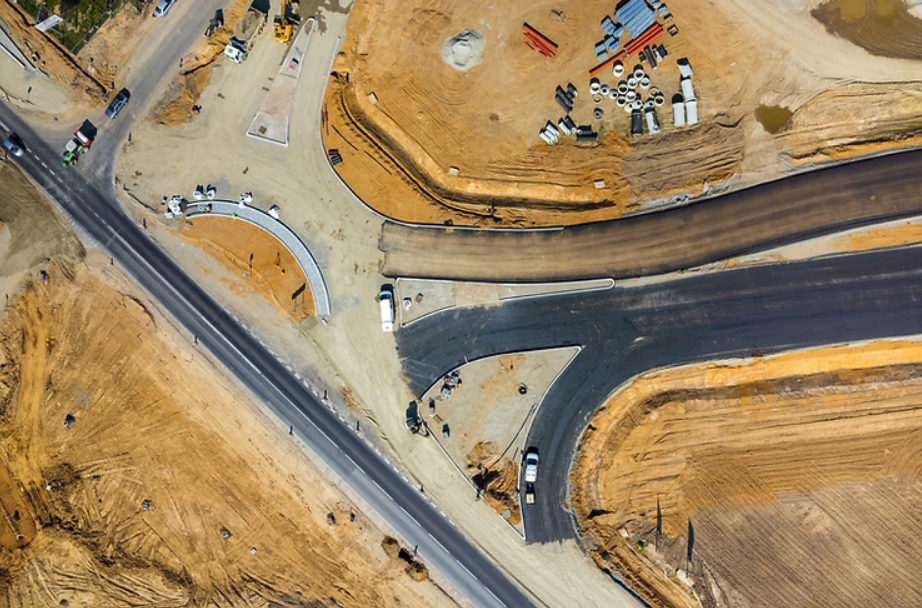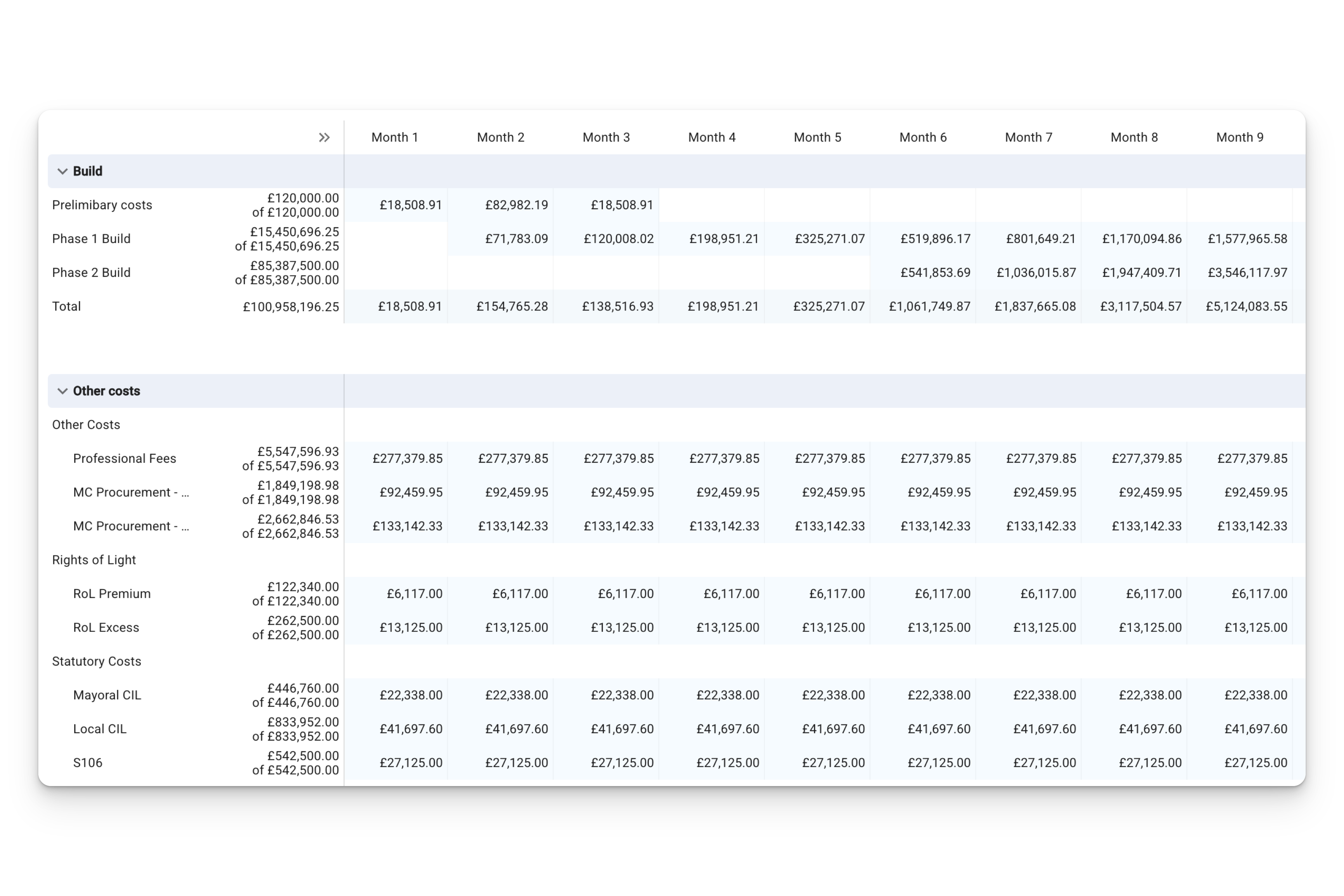Location, location, location!
Finding a site, dealing with any potential site acquisition issues or problems with the land, and embarking on the legal processes involved can seem daunting. The first instalment of our Property Development 101 series covers this process.
Key things to consider when looking for sites
Identifying sites is one of the most important parts of the development process. In fact, you can transform your potential for profit by being selective on which sites you purchase. Below we have broken down a few key areas to consider which can impact costs and time, which in turn have an effect on the residual site value (how much you should pay for the site).
Rights of way and access to the site
First and foremost, you need to ensure you can get to and from the site, and that the way is clear for any trucks, diggers, and other heavy machinery. If access is dependent upon a right of way, you also need to ensure that the eventual occupants (whether they're tenants in a block of flats, or homeowners on their respective plots) have ease of access. Just because an existing plot has right of way and easy access, does not mean that it will be sufficient for whatever you're intending to build.
Roads
Depending on the size of the development you may need to enter into an agreement with the Local Highways Authority. They'll want to be assured that the roads meet their standards with a view to eventually taking responsibility for them when future maintenance is needed. The usual practice is for a bank to provide a bond that guarantees any corrective works will be covered in the event that your company goes into liquidation.
Sewers, drainage, and flooding
These are generally dealt with in much the same way as the roads - you will need to make sure the relevant water authority will take over maintenance of the sewers after construction is complete. During construction, consider the route of the sewers on any individual plots as this may require additional rights to be put in all the transfer deeds. You need to ensure adequate drainage, as well as making sure the land is not on a flood plain or in any way contaminated due to pollution or poor drainage.
Tree preservation
Tree preservation orders can stop a development in its tracks. Check which trees - if any - are affected by a tree preservation order. Check with your local authority - many have a searchable database online where you can check quickly and easily. In many cases, you may only need to make a minor adjustment to the layout of a development in order to accommodate preserved trees, but it's something you need to plan for very early on.
Boundaries
Be unmistakably clear in where your boundaries are, giving special consideration to the neighbouring properties. It can be stressful living next to a building site, and it's not uncommon for complaints to arise, especially around the issue of boundaries. Some developers have been more successful in meeting the neighbours face-to-face to talk about the development, with particular care and attention regarding expected timings, noise, and boundaries. If you can agree where the boundaries are before even buying the land, you can avoid future problems - raising them with the seller first, and using any disagreements about the boundaries as a negotiation point.
Planning consent
When dealing with the council, decisions often have to go before a committee. This can take some time, and it can be useful to get along to some council meetings - not just to push your own agenda, but to better understand what goes on at these meetings, how decisions are made, and what sorts of conversations are had about the needs of the community. The more informed you are about the council you're dealing with, the better placed you will be to ensure your development meets their expectations and is ultimately successful.
Survey
You will need to instruct a surveyor to come out and value the site, as well as advise on any particular areas about which you are concerned. Make it clear to the surveyor that you are intending to develop the site, and the number of plots you are intending to build.
Insurance
You won't need a whole lot of insurance to begin with, but you'll need to consider insurance for the life of the site as it progresses, giving particular consideration to the lay of the land, the sites, and any unique features that may pose additional risks - such as steep inclines, areas prone to mud or erosion, gullies, rock formations, etc. You'll need insurance from before you start building, right up until the date the properties are sold. (We've covered this in a little more detail in our Cost Management article.)
In Part 2, we will cover the purchase process. This will be out next week - so watch this space! In the meantime, contact us if you'd like to learn more about Aprao or the development appraisal process.






Leave a comment